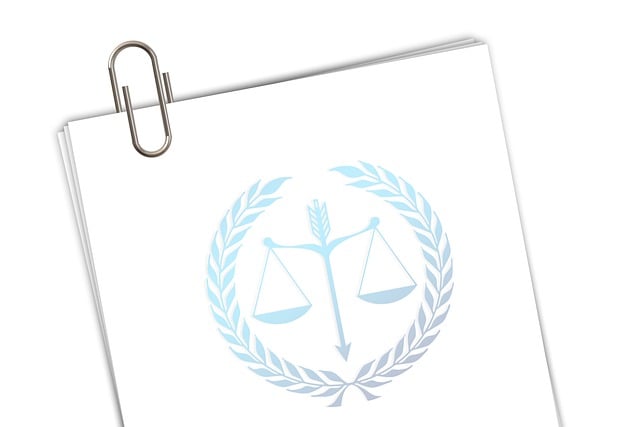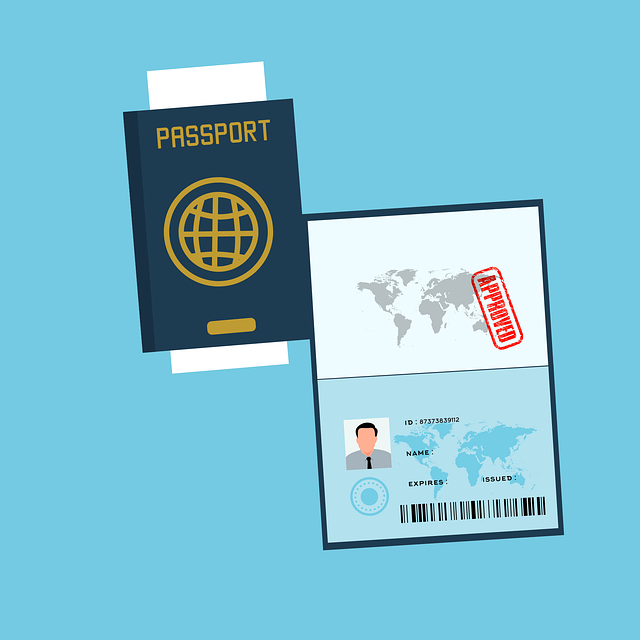In the UK, UK Children’s Literature Translation Services play a vital role in preserving and expanding children's literature's cultural impact. To ensure high-quality translations that resonate with young readers, choose professionals specializing in this genre, experienced in handling illustrated books, and offering peer review. Best practices involve meticulous adaptation, proofreading, and industry standards, while KPIs like readability, cultural appropriateness, and tone preservation drive continuous improvement through feedback and training.
In the dynamic landscape of children’s literature, ensuring quality translations is paramount for fostering young minds. This article delves into the critical importance of high-quality UK children’s literature translation services, exploring key considerations for selecting expert translators and implementing best practices. We discuss strategies to measure success and emphasize continuous improvement within this essential sector, ultimately enhancing literary experiences for young readers across the UK.
- Understanding the Importance of Quality Translations for Children's Literature in the UK
- Key Considerations When Choosing Translation Services for Kids' Books
- Implementing Best Practices to Guarantee High-Quality Translations
- Measuring Success and Continuous Improvement in UK Children's Literature Translation Services
Understanding the Importance of Quality Translations for Children's Literature in the UK

In the UK, children’s literature is a vibrant and diverse field, with a rich history of captivating young minds through stories that spark imagination and inspire growth. However, ensuring quality translations for this genre is paramount to preserving its magic and cultural significance. When adapting books intended for children into different languages, precision and sensitivity are key; a skilled translator must grasp the nuances of both the source text and the target audience’s linguistic and cultural landscape.
UK Children’s Literature Translation Services play a pivotal role in maintaining the integrity of these narratives, ensuring that young readers across diverse communities can access and enjoy literature that resonates with them. Accurate translations not only facilitate accessibility but also foster a deeper connection between children and literature, potentially shaping their perspectives and broadening their worldviews from an early age.
Key Considerations When Choosing Translation Services for Kids' Books

When selecting a translation service for children’s books, several key considerations come into play to ensure quality. In the UK, where children’s literature is rich and diverse, finding professional translators who understand both the nuances of language and the unique requirements of children’s texts is paramount. Look for services that specialize in children’s literature, as they’ll have a deep appreciation for the target audience, including age-appropriate vocabulary, sentence structures, and cultural references.
Additionally, consider the translator’s experience working with illustrated books. Children’s literature often features vibrant illustrations, so translators should be able to convey the text’s meaning while capturing the essence of the artwork. Translation quality can also be enhanced by ensuring the service offers peer review or editorial assessment, which involves a second set of expert eyes to catch any discrepancies or improve the overall readability of the translation.
Implementing Best Practices to Guarantee High-Quality Translations

In the realm of UK children’s literature translation services, implementing best practices is paramount to guarantee high-quality translations. This involves a meticulous process that begins with selecting qualified translators who possess not only language proficiency but also a deep understanding of childhood semantics and cultural nuances. Professional translators should be adept at capturing the essence of the original text while adapting it seamlessly into another language, maintaining the intended tone and rhythm suitable for young readers.
Additionally, quality assurance measures such as proofreading and editing are crucial steps to ensure accuracy and fluency in the final translated work. These processes involve careful review of the translation against the source material, checking for consistency, cultural appropriateness, and grammatical correctness. Employing specialized tools and following industry standards further enhances the overall quality, making the UK children’s literature translations not just accurate but also engaging and accessible to global audiences.
Measuring Success and Continuous Improvement in UK Children's Literature Translation Services

Measuring success and driving continuous improvement in UK Children’s Literature Translation Services is a multifaceted process that goes beyond simple accuracy. Key performance indicators (KPIs) should encompass readability, cultural appropriateness, and adherence to the original tone and intent of the text. Professional evaluators often assess translated works using standardized rubrics tailored for children’s literature, considering elements like vocabulary choice, sentence structure, and overall flow.
Additionally, public feedback through reviews and reader surveys plays a vital role in quality control. By gauging reader engagement and satisfaction, translators can identify areas for enhancement. Continuous improvement programs should incorporate regular workshops and training sessions to equip translators with the latest linguistic and cultural insights. Collaboration between industry bodies, publishers, and educators ensures that UK Children’s Literature Translation Services remain at the forefront of global standards, fostering a rich exchange that benefits both authors and young readers alike.
In ensuring quality within UK children’s literature translation services, a multifaceted approach is essential. By prioritizing understanding cultural nuances, selecting skilled translators, and implementing best practices, we can foster accurate and engaging translations that resonate with young readers. Continuous improvement through measurement and feedback ensures that these translations remain exceptional, enriching the literary landscape for generations to come.
